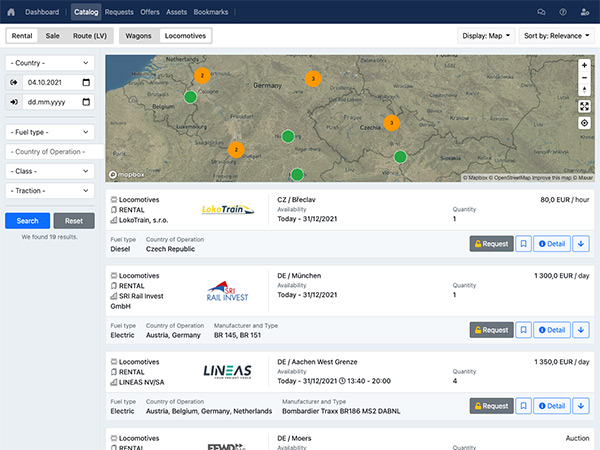At the end of 2022, railway operator Infrabel will complete one of the biggest industrial revolutions in its history. An investment of almost one billion euros will help to organize transport in an increasingly safe and smooth way while offering employees new ergonomic working conditions. The main objective was to replace the old signal cabins used to control rail traffic. Of the almost 368 original signal cabins, which controlled rail traffic in small geographical areas, only 10 remain. The main advantage of this concentration is that rail traffic management is now much safer and more centralized. From these ten ultra-modern stations, the real-time overview of rail traffic is more comprehensive, which also allows faster prediction of potential incidents. In addition, this investment will enable Infrabel to save around €130 million a year in operating costs.
The concentration of signal cabins began in 2005 and was made possible mainly by technological developments. Previously, signal cabins operated with outdated electromechanical systems, which meant that the signal cabin had to be located close to the traffic lights and signals it controlled. Thanks to digitalization and fiber-optic networks, it is now possible to control infrastructure elements over long distances.
The new control centers are fully automated and all work with the traffic management system. This powerful computer programme helps to ensure the safety and continuity of rail traffic. It also collects all traffic management information (e.g. delays, diversions, platform cancellations, or platform changes) and transmits it in real-time to the railway operators in Belgium.
"Improving punctuality, strengthening rail safety, doubling the number of users and goods transported by rail - these are some of the objectives I have been pursuing for two years as Federal Minister for Mobility. These essential advances for the economy and the planet, for health and safety, will be made possible in particular by the centralization of the signalling cabins of our network manager. It is thanks to measures such as these, and to the government's decision to make rail the backbone of mobility, that the future lies with rail," said Georges Gilkinet, Federal Minister for Mobility.
With between 100 and 150 people working in each signal cabin, traffic management is now handled by around 1,300 people a day, twice as many as a decade ago. The location of the ten signal cabins was chosen according to the strategic railway junctions. Each signal cabin also has an additional building as a backup, so that if one of the ten signal cabins fails, these 'backup' buildings can be quickly brought into operation to ensure completely safe rail traffic continuity.

